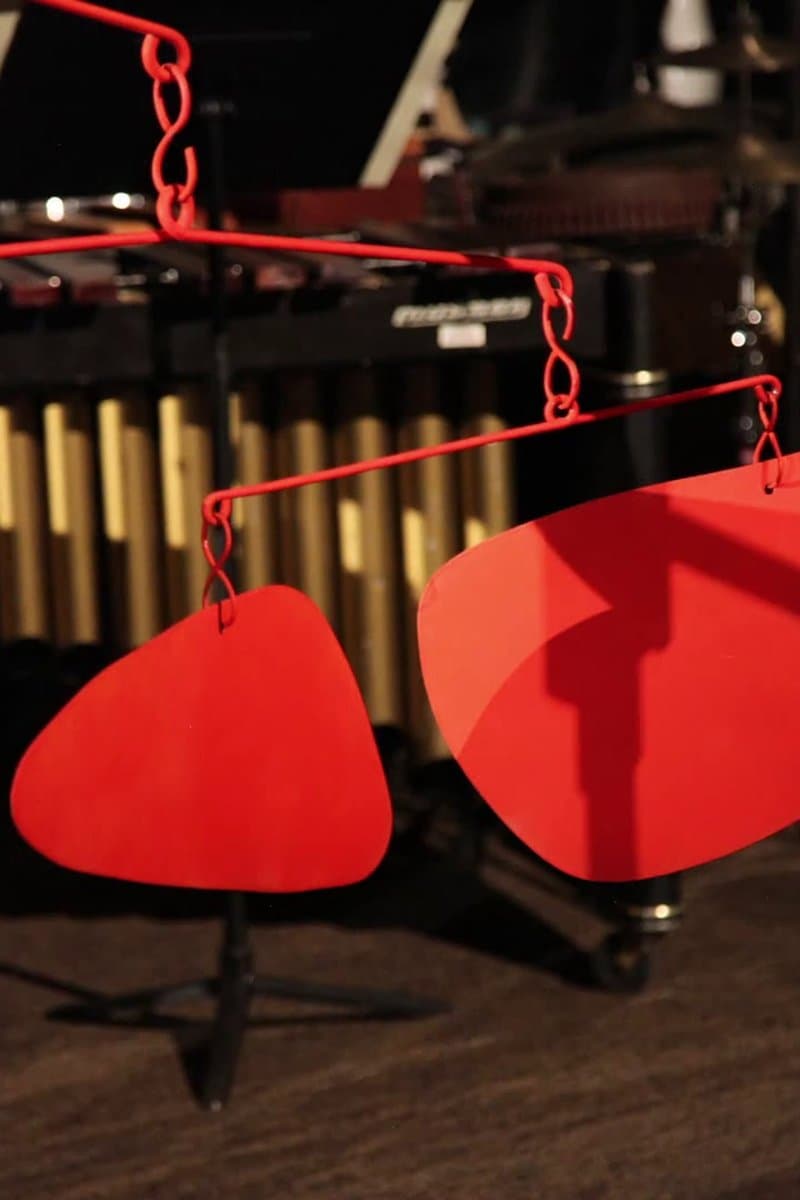4:3
Jan 01 2008
•0h 11m
•Slowly scrolling text about the twilight of public access television and the shift from analog to digital.
Cast
See allNo cast information found.
Recommendations
See all
Shape Notes
A portrait of Alexander Calder’s work Chef d’orchestra (1966), which was made in collaboration with New York composer Earle Brown. When it was made in 1964, the work was intended to be both an instrument (“played” at intervals in an open score by four percussionists) and a conductor (after it was hit and spun in motion, the musicians returned to their percussion stands and imagined the petals of the mobile superimposed over their written score, playing only those notes.) For Shape Notes, two performances of Chef d'orchestre were staged and recorded. The audio recordings of those performances were then edited and used as a new score from which the visual rhythm of this work was composed.

Alice
Alice Tate, mother of two, with a marriage of 16 years, finds herself falling for a handsome sax player, Joe. Stricken with a backache, she consults herbalist Dr. Yang, who realizes that her problems are not related to her back, but in her mind and heart. Dr. Yang's magical herbs give Alice wondrous powers, taking her out of her well-established rut.

The Barbie Diaries
This movie stars Barbie as a teenage girl, trying to deal with crushes, rivals and friendship as she tries to achieve her dream of working as a news anchor for her school's TV station. She doesn't always make the right decisions, but she's a nice enough character and considerably less "perfect" than she is portrayed in her other films.

The God Who Wasn't There
Did Jesus exist? This film starts with that question, then goes on to examine Christianity as a whole.